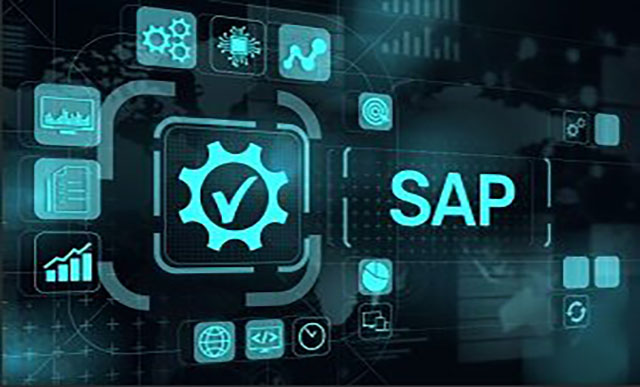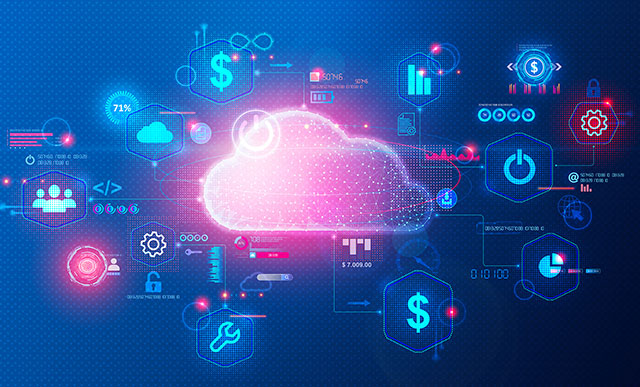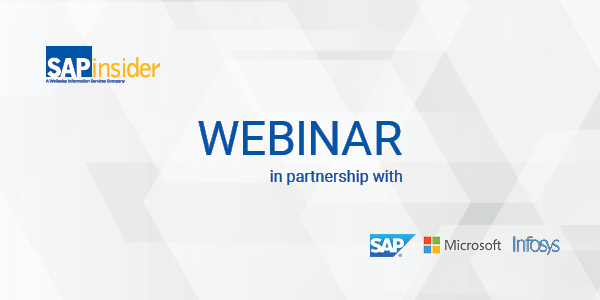The Holistic Power of UiPath SolEx for End-to-End Automation and AI Readiness
Meet the Authors
Key Takeaways
UiPath acts as an automation co-pilot throughout the SAP ECC to SAP S/4HANA transition, enabling organizations to automate legacy processes and ensure data quality, thereby facilitating a smoother migration.
The SAP-endorsed UiPath SolEx partnership offers unified support and streamlined procurement, allowing organizations to easily integrate UiPath into their existing SAP contracts, which can reduce costs and enhance the speed of automation initiatives.
Automation is essential for preparing organizations for AI adoption; clean, structured data achieved through UiPath's automation will lay the groundwork for effective AI-driven analytics and insights in the future.
The journey from SAP ECC to SAP S/4HANA is a fundamental business transformation that is filled with complexities. Many businesses on this journey seek the answer to a key question: Amidst this change, how can we stabilize operations while accelerating innovation? The answer lies in SAP’s Solution Extension (SolEx) partnership with UiPath, which provides organizations with a blueprint for a more resilient and future-ready SAP ecosystem.
An Automation Platform for Long-Term Enterprise Success
Whether an organization is on SAP ECC, mid-flight to SAP S/4HANA, or already exploring its advanced capabilities, UiPath provides a foundation for optimizing productivity, systematically reducing costs, and safely and rapidly deploying AI. For organizations on SAP ECC, UiPath automates legacy processes, cleans up data, and streamlines workflows in preparation for migration. For example, UiPath robots can validate thousands of material master records or customer data sets before the big move, turning a month-long manual task into an overnight, error-free one. By decoupling their business extensions and customizations from SAP ECC, companies get the benefits of a clean core before they embark on their journey to S/4HANA. Upgrade cycles are faster and less risky, while business agility grows as the time to implement new processes decreases.
Additionally, as organizations transition to SAP S/4HANA, these same automations can be quickly adapted to meet new requirements. This creates an adaptive automation layer that insulates the business’s core activities. This factor de-risks migration and protects an organization’s key operations from the turbulence of transformation.
Explore related questions
Laying the Groundwork for Intelligent Operations
However, the true power of this partnership extends to preparing an organization for innovation with artificial intelligence (AI). UiPath puts AI at the center of business processes, helping organizations boost productivity and cut costs through a unified platform approach. This makes it easier and safer to embed AI into automated workflows—while delivering additional indirect benefits to AI projects.
Effective AI needs clean, structured data. By using UiPath to automate data entry, extraction, and validation within SAP, organizations inadvertently build the high-quality data pipelines that future AI models will need. For example, using UiPath’s AI-powered Document Understanding to digitize and process supplier invoices not only accelerates accounts payable but also creates a pristine, structured dataset within SAP S/4HANA. This clean data becomes the foundation for advanced analytics, predictive forecasting, and other AI-driven insights that would be impossible with unstructured or inconsistent information.
The Tangible Benefits of the SolEx Badge
SAP and UiPath’s SolEX partnership provides end users with four practical benefits:
- Unified Support: Say goodbye to vendor finger-pointing. If an issue arises, the user can access SAP for seamless, integrated support, simplifying troubleshooting and resolution.
- Streamlined procurement: Organizations can purchase UiPath licenses directly from SAP through their existing agreements and price lists. This cuts through procurement red tape and accelerates time-to-value.
- Cost avoidance: As an SAP-provided solution, UiPath’s interactions are pre-validated, helping companies avoid the costly and often unexpected fees associated with indirect digital access licensing.
- All-in-one automation platform: The SAP SolEx partnership with UiPath delivers a natively integrated solution that unifies automation across SAP and non-SAP systems.
What This Means for SAPinsiders
Treat automation as a core component of a migration strategy, not an afterthought. The SAP and UiPath SolEx partnership provides a trusted toolkit to build a safety net that ensures business continuity during the turbulent move from SAP ECC to SAP S/4HANA. Instead of freezing processes or relying on large teams for manual testing and data validation, organizations can deploy UiPath robots as their dedicated migration task force. For example, UiPath robots can perform post-migration data reconciliation, comparing critical financial records between the old and new systems to ensure perfect integrity.
Leverage the SolEx partnership to lower the total cost of ownership (TCO). The ability to procure UiPath directly through an existing SAP contract is a significant strategic advantage that should be used to accelerate an organization’s automation initiatives. For instance, a typical enterprise software procurement cycle can take several months, involving security reviews, legal negotiations, and vendor onboarding. The SolEx relationship bypasses much of this red tape by providing technology that has been rigorously tested and certified to SAP standards. Organizations can add UiPath to their SAP price list, treating it as an extension of their core investment rather than a separate, third-party tool. This is a powerful argument for finance and procurement teams. As an added bonus, customers who purchase UiPath as an SAP SolEx do not pay for digital access licenses.
View every SAP automation project as a step toward becoming an AI-ready enterprise. Many organizations struggle to adopt AI because their core processes are inconsistent and their data is a mess. By automating processes like sales order creation using UiPath, organizations can enforce standardization. The robot will always enter the data in the correct format and into the proper fields. When the organization later wants to apply an AI model to forecast sales demand, it will have a perfect, machine-generated dataset to learn from. The SolEx partnership also signals that SAP views this as a strategic path forward: utilizing automation today to establish the foundational data layer that is essential for AI-driven analytics tomorrow.






